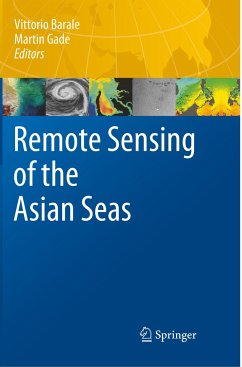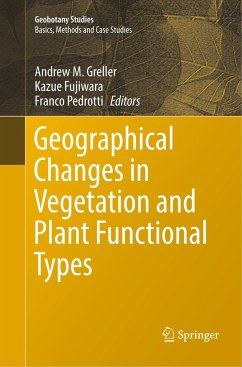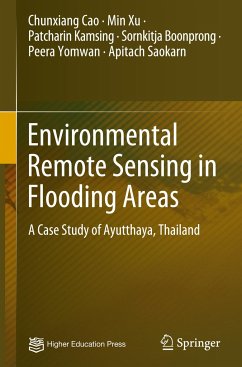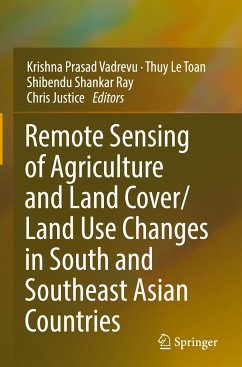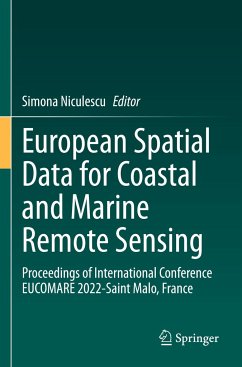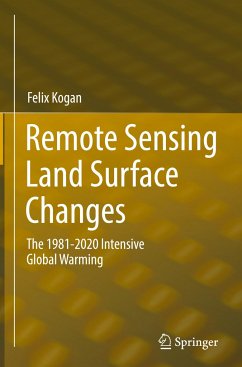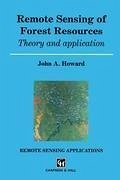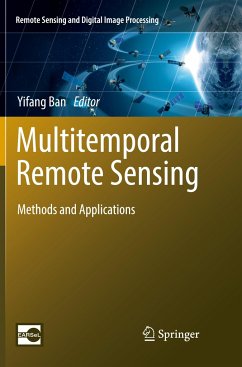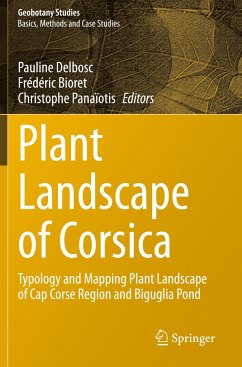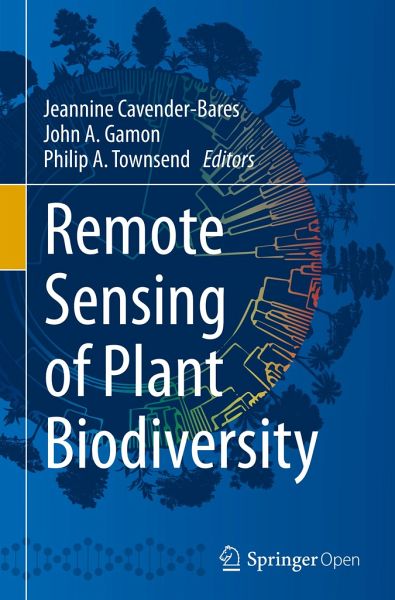
Remote Sensing of Plant Biodiversity
Versandkostenfrei!
Versandfertig in 6-10 Tagen
39,99 €
inkl. MwSt.

PAYBACK Punkte
20 °P sammeln!
This Open Access volume aims to methodologically improve our understanding of biodiversity by linking disciplines that incorporate remote sensing, and uniting data and perspectives in the fields of biology, landscape ecology, and geography. The book provides a framework for how biodiversity can be detected and evaluated-focusing particularly on plants-using proximal and remotely sensed hyperspectral data and other tools such as LiDAR. The volume, whose chapters bring together a large cross-section of the biodiversity community engaged in these methods, attempts to establish a common language a...
This Open Access volume aims to methodologically improve our understanding of biodiversity by linking disciplines that incorporate remote sensing, and uniting data and perspectives in the fields of biology, landscape ecology, and geography. The book provides a framework for how biodiversity can be detected and evaluated-focusing particularly on plants-using proximal and remotely sensed hyperspectral data and other tools such as LiDAR. The volume, whose chapters bring together a large cross-section of the biodiversity community engaged in these methods, attempts to establish a common language across disciplines for understanding and implementing remote sensing of biodiversity across scales.
The first part of the book offers a potential basis for remote detection of biodiversity. An overview of the nature of biodiversity is described, along with ways for determining traits of plant biodiversity through spectral analyses across spatial scales and linking spectral data to the tree of life. The second part details what can be detected spectrally and remotely. Specific instrumentation and technologies are described, as well as the technical challenges of detection and data synthesis, collection and processing. The third part discusses spatial resolution and integration across scales and ends with a vision for developing a global biodiversity monitoring system. Topics include spectral and functional variation across habitats and biomes, biodiversity variables for global scale assessment, and the prospects and pitfalls in remote sensing of biodiversity at the global scale.
The first part of the book offers a potential basis for remote detection of biodiversity. An overview of the nature of biodiversity is described, along with ways for determining traits of plant biodiversity through spectral analyses across spatial scales and linking spectral data to the tree of life. The second part details what can be detected spectrally and remotely. Specific instrumentation and technologies are described, as well as the technical challenges of detection and data synthesis, collection and processing. The third part discusses spatial resolution and integration across scales and ends with a vision for developing a global biodiversity monitoring system. Topics include spectral and functional variation across habitats and biomes, biodiversity variables for global scale assessment, and the prospects and pitfalls in remote sensing of biodiversity at the global scale.





